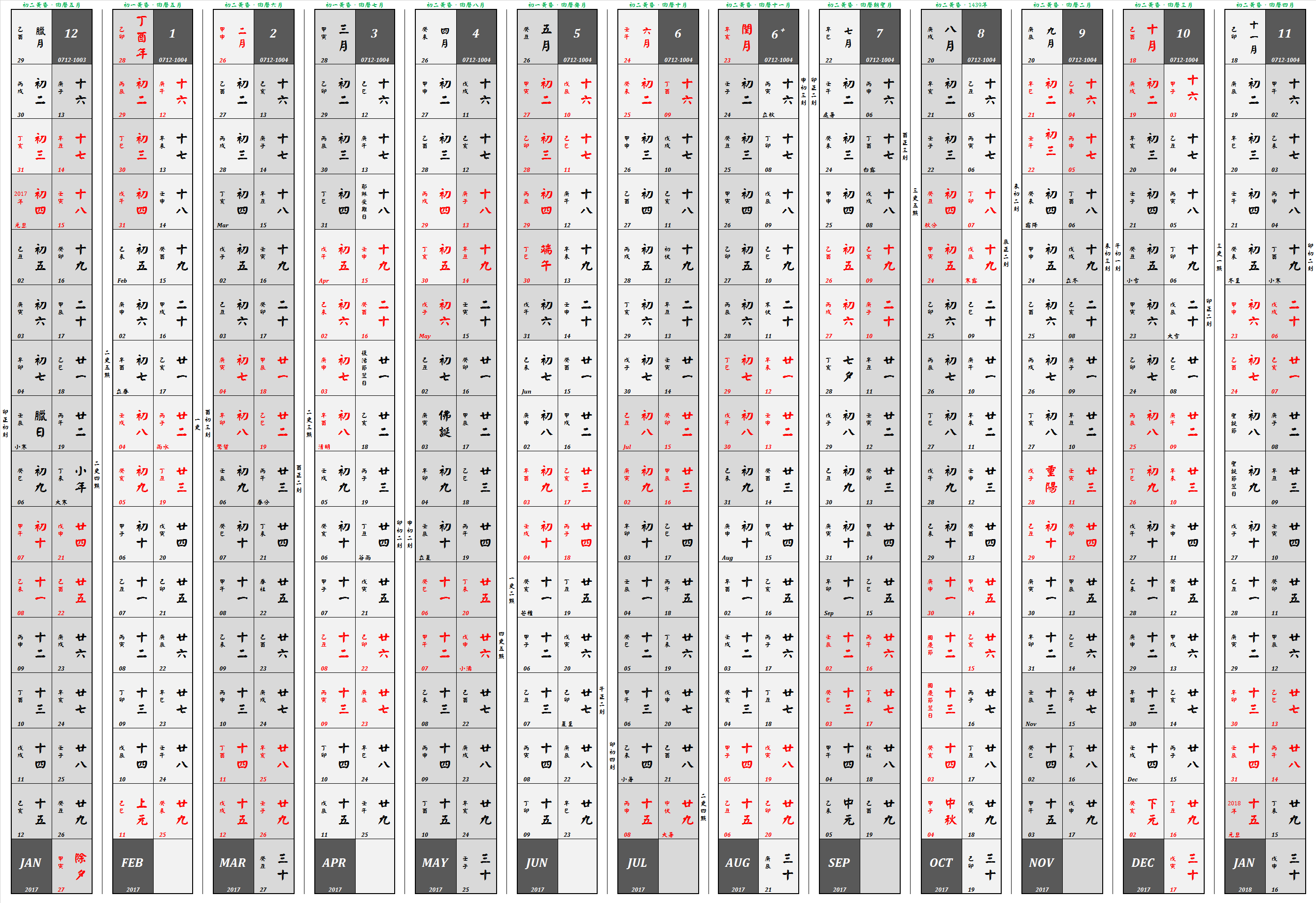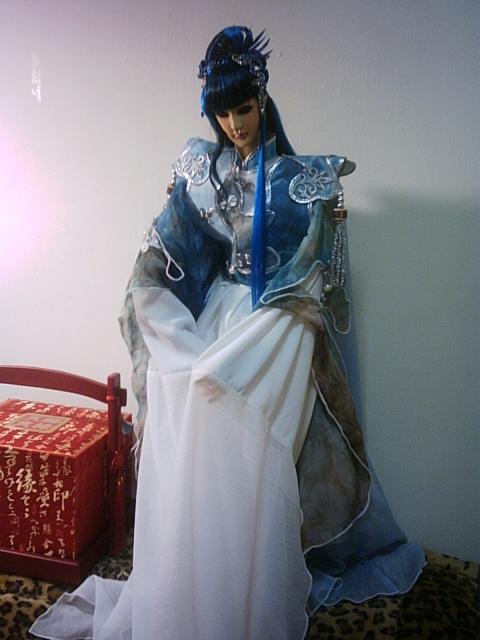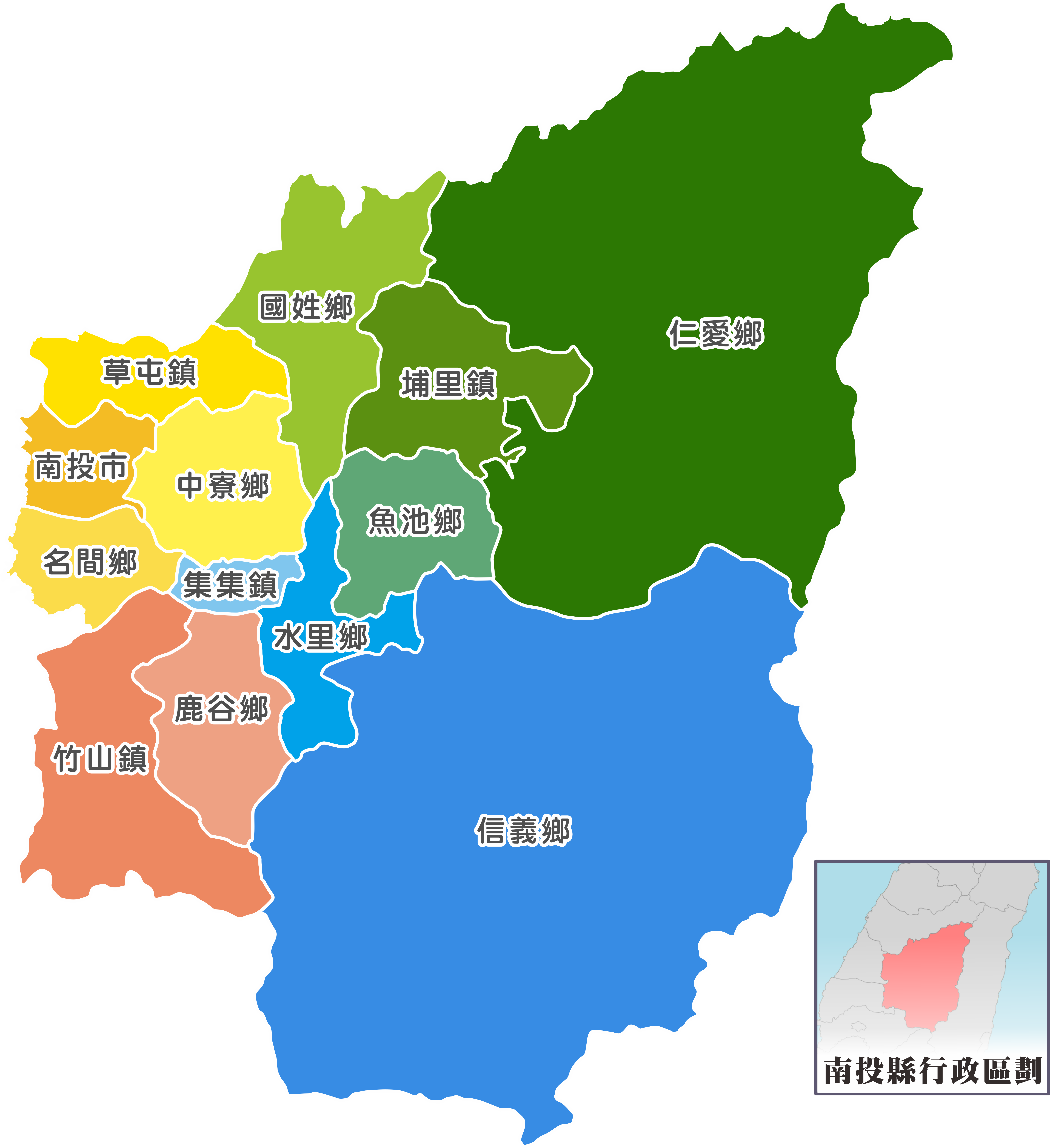|
Yuanbao Temple
Yuanbao Temple ( zh, t=元保宮, p=Yuánbǎo Gōng) is a temple located in North District, Taichung City, Taiwan. The temple is dedicated to the Taoist deity Baosheng Dadi. History Historically, the area around Yuanbao Temple was known as Laicuobu, named after Lai family from Pinghe County that settled there. The clanspeople brought a copy of Baosheng Dadi from Xintian Temple in Zhangzhou and built a temple in 1791 for the deity, with the help of the following seventeen villages: * (賴厝廍) * (乾溝子) * (田心子) * (犁頭店) * (土庫) * (麻園頭) * (後壠子) * (東大墩) * (邱厝子) * (三十張犁) * (水景頭) * (廍子) * (軍功寮) * (舊社) * (二分埔) * (三分埔) * (水湳) The temple had a large influence on the region and was the religious center those seventeen villages. Major renovations were done to the temple in 1846 and 1924. In 1962, the seventh-generation keeper of the temple's son formed a committee and started ... [...More Info...] [...Related Items...] OR: [Wikipedia] [Google] [Baidu] |
North District, Taichung
North District () is an urban district in the Taiwanese city of Taichung. It was a part of Taichung before the City and County were amalgamated in 2010. The North District is one of Taichung's major developed shopping, education, and cultural areas. History The district was a part of Taichung provincial city before the merger with Taichung County to form Taichung special municipality on 25 December 2010. Administrative divisions Zhongzheng, Liuge, Guangda, Wenzhuang, Dahu, Wuchang, Jinping, Xinbei, Xinxing, Leying, Jincun, Jiancheng, Jiande, Jinzhou, Jinxiang, Jinhua, Jinlong, Qiucuo, Jianxing, Dingcuo, Chongde, Laicuo, Laifu, Laixing, Laiwang, Laiming, Meichuan, Laicun, Yude, Dangou, Jianhang, Mingde, Mingxin, Zhangjing, Liren and Zhongda Village. Education Universities * National Taiwan University of Sport * National Taichung University of Science and Technology * China Medical University High schools * Taichung Municipal Taichung First Senior High School * National T ... [...More Info...] [...Related Items...] OR: [Wikipedia] [Google] [Baidu] |
Chinese Calendar
The traditional Chinese calendar (also known as the Agricultural Calendar ��曆; 农历; ''Nónglì''; 'farming calendar' Former Calendar ��曆; 旧历; ''Jiùlì'' Traditional Calendar ��曆; 老历; ''Lǎolì'', is a lunisolar calendar which identifies years, months, and days according to astronomical phenomena. In China, it is defined by the Chinese national standard GB/T 33661–2017, "Calculation and Promulgation of the Chinese Calendar", issued by the Standardization Administration of China on May 12, 2017. Although modern-day China uses the Gregorian calendar, the traditional Chinese calendar governs holidays, such as the Chinese New Year and Lantern Festival, in both China and overseas Chinese communities. It also provides the traditional Chinese nomenclature of dates within a year which people use to select auspicious days for weddings, funerals, moving or starting a business. The evening state-run news program ''Xinwen Lianbo'' in the P.R.C. continues to anno ... [...More Info...] [...Related Items...] OR: [Wikipedia] [Google] [Baidu] |
1791 Establishments In Taiwan
Events January–March * January 1 – Austrian composer Joseph Haydn arrives in England, to perform a series of concerts. * January 2 – Northwest Indian War: Big Bottom Massacre – The war begins in the Ohio Country, with this massacre. * January 12 – Holy Roman troops reenter Liège, heralding the end of the Liège Revolution, and the restoration of its Prince-Bishops. * January 25 – The British Parliament passes the Constitutional Act 1791, splitting the old province of Quebec into Upper and Lower Canada. * February 8 – The Bank of the United States, based in Philadelphia, is incorporated by the federal government with a 20-year charter and started with $10,000,000 capital.''Harper's Encyclopaedia of United States History from 458 A. D. to 1909'', ed. by Benson John Lossing and, Woodrow Wilson (Harper & Brothers, 1910) p169 * February 21 – The United States opens diplomatic relations with Portugal. * March 2 – Frenc ... [...More Info...] [...Related Items...] OR: [Wikipedia] [Google] [Baidu] |
List Of Temples In Taiwan
This is a list of notable temples in Taiwan associated with Chinese folk religion, mostly Buddhism, Taoism, and Confucianism. Religious affiliation is based on what each temple registered as to the Ministry of the Interior, though temples often incorporate elements from other sects. Northern Taiwan Taipei City Keelung City New Taipei City Taoyuan City Hsinchu City Hsinchu County Miaoli County Central Taiwan Taichung City Changhua County Nantou County Yunlin County Southern Taiwan Chiayi City Chiayi County Tainan City Kaohsiung City Pingtung County Eastern Taiwan Yilan County Hualien County Taitung County Outlying Islands Penghu County Kinmen County Lienchiang County References {{Reflist * Temples A temple (from the Latin ) is a building reserved for spiritual rituals and activities such as prayer and sacrifice. Religions which erect temples include Christianity (whose t ... [...More Info...] [...Related Items...] OR: [Wikipedia] [Google] [Baidu] |
List Of Temples In Taichung
Like many of Taiwan's older cities, Taichung (founded in 1705) has a large number of old temples and shrines that have historical value and are typical of the eras in which they were built. They include Taoist, Buddhist, and Confucian temples. Confucian temples Confucius Temple Unlike other cities, Taichung lacked a Confucian Temple until very recently. In order to address this deficiency, the municipal government made the decision to construct a temple. With help from the Taiwan Provincial Government as well as local private individuals, construction of the Taichung Confucian Temple began in earnest in 1974 with the laying of the capstone. Today the temple is usually a pretty quiet place where people can contemplate, study, and relax. It also serves as a cultural center in the sense that people can take a handful of culture related classes (i.e. calligraphy). However, the place becomes the center of attention on the morning of September 28 every year, as Taiwanese celebrat ... [...More Info...] [...Related Items...] OR: [Wikipedia] [Google] [Baidu] |
Dalongdong Baoan Temple
Dalongdong Baoan Temple () also known as the Taipei Baoan Temple () is a Chinese folk religion, Taiwanese folk religion temple built in the Datong District, Taipei, Datong District, Taipei, Taiwan. The present temple was originally built by clan members in Tong'an District, Tong'an, Xiamen, Fujian, who immigrated to Taipei in the early 19th century and gave the temple the name ''Po-an'' () in order to "protect those of Tong'an" (保佑同安). The Taipei Confucius Temple is located adjacent to the Baoan Temple. History The temple construction commenced in 1804 and replaced a previously existing wooden shrine from 1742 in ''Toaliongtong'' (; modern-day Dalongdong). Taiwan. Throughout the 20th century during the Taiwan under Japanese rule, Japanese period, the temple underwent numerous improvem ... [...More Info...] [...Related Items...] OR: [Wikipedia] [Google] [Baidu] |
Glove Puppetry
Glove puppetry () is a type of opera using cloth puppets that originated during the 17th century in Quanzhou or Zhangzhou of China's Fujian province, and historically practised in the Min Nan-speaking areas such as Quanzhou, Zhangzhou, the Chaoshan region of Guangdong, and other parts of southern China. It had since established itself contemporarily as a popular art form in Taiwan. The puppet's head uses wood carved into the shape of a hollow human head, but aside from the head, palms, and feet, which are made of wood, the puppet's torso and limbs consist entirely of cloth costumes. At the time of the performance, a gloved hand enters the puppet's costume and makes it perform. In previous years the puppets used in this type of performance strongly resembled "cloth sacks," hence the name, which literally means "cloth bag opera." Glove puppetry performances Glove puppetry (pò͘-tē-hì) performances, similar to some types of Chinese opera, are divided into a first half and a seco ... [...More Info...] [...Related Items...] OR: [Wikipedia] [Google] [Baidu] |
LED Light
An LED lamp or LED light bulb is an electric light that produces light using light-emitting diodes (LEDs). LED lamps are significantly more energy-efficient than equivalent incandescent lamps and can be significantly more efficient than most fluorescent lamps. The most efficient commercially available LED lamps have efficiencies of 200 lumen per watt (Lm/W). Commercial LED lamps have a lifespan many times longer than incandescent lamps. LED lamps require an electronic LED driver circuit to operate from mains power lines, and losses from this circuit means that the efficiency of the lamp is lower than the efficiency of the LED chips it uses. The driver circuit may require special features to be compatible with lamp dimmers intended for use on incandescent lamps. Generally the current waveform contains some amount of distortion, depending on the luminaires’ technology. The LED lamp market is projected to grow from US$75.8 billion in 2020 and increasing to US$160 billion in ... [...More Info...] [...Related Items...] OR: [Wikipedia] [Google] [Baidu] |
Paper Lantern
A paper lantern is a lantern made of thin, brightly colored paper. Paper lanterns come in various shapes and sizes, as well as various methods of construction. In their simplest form, they are simply a paper bag with a candle placed inside, although more complicated lanterns consist of a collapsible bamboo or metal frame of hoops covered with tough paper. Origin Paper lanterns are likely derived from earlier lanterns that used other types of translucent material like silk, horn, or animal skin. The material covering was used to prevent the flame in the lantern from being extinguished by wind, while still retaining its use as a light source. Papermaking technology originated from China from at least AD 105 during the Eastern Han Dynasty, but it is unknown exactly when paper became used for lanterns. Poems about paper lanterns start to appear in Chinese history at around the 6th century. Paper lanterns were common by the Tang Dynasty (AD 690–705), and it was during this period ... [...More Info...] [...Related Items...] OR: [Wikipedia] [Google] [Baidu] |
Lantern Festival
The Lantern Festival ( zh, t=元宵節, s=元宵节, first=t, hp=Yuánxiāo jié), also called Shangyuan Festival ( zh, t=上元節, s=上元节, first=t, hp=Shàngyuán jié), is a Chinese traditional festival celebrated on the fifteenth day of the first month in the lunisolar Chinese calendar, during the full moon. Usually falling in February or early March on the Gregorian calendar, it marks the final day of the traditional Chinese New Year celebrations. As early as the Western Han Dynasty (206 BC–AD 25), it had become a festival with great significance. During the Lantern Festival, children go out at night carrying paper lanterns and solve riddles on the lanterns (). In ancient times, the lanterns were fairly simple, and only the emperor and noblemen had large ornate ones. In modern times, lanterns have been embellished with many complex designs. For example, lanterns are now often made in the shape of animals. The lanterns can symbolize the people letting go of their ... [...More Info...] [...Related Items...] OR: [Wikipedia] [Google] [Baidu] |
Nantou County
Nantou County (; Hokkien POJ: ''Lâm-tâu-koān''; Hakka PFS: ''Nàm-thèu-yen'') is the second largest county of Taiwan by area, located in the central part of the country. It is also the only non-coastal county in Taiwan. Its name derives from the Hoanya Taiwanese aboriginal word ''Ramtau''. Its mountainous area makes it a tourist destination; Sun Moon Lake is located in this county. Other well-known sightseeing of the county including Aowanda, Formosan Aboriginal Culture Village, Hehuanshan, Paper Dome, Qingjing Farm, Shanlinxi, Shuiyuan Suspension Bridge and Xitou. Notable cities in Nantou are Nantou City and Puli Town. The official butterfly of Nantou County is the broad-tailed swallowtail butterfly (''Agehana maraho''). Nantou's tung-ting tea is one of the most famous and high-quality oolong teas grown in Taiwan. History Early history Before the arrival of Han Chinese to Nantou, the Atayal, Bunun and Tsou tribes were distributed throughout the northern and ce ... [...More Info...] [...Related Items...] OR: [Wikipedia] [Google] [Baidu] |
Fujian Province
Fujian (; alternately romanized as Fukien or Hokkien) is a province on the southeastern coast of China. Fujian is bordered by Zhejiang to the north, Jiangxi to the west, Guangdong to the south, and the Taiwan Strait to the east. Its capital is Fuzhou, while its largest city by population is Quanzhou, both located near the coast of the Taiwan Strait in the east of the province. While its population is predominantly of Chinese ethnicity, it is one of the most culturally and linguistically diverse provinces in China. The dialects of the language group Min Chinese were most commonly spoken within the province, including the Fuzhou dialect of northeastern Fujian and various Hokkien dialects of southeastern Fujian. Hakka Chinese is also spoken, by the Hakka people in Fujian. Min dialects, Hakka and Mandarin Chinese are mutually unintelligible. Due to emigration, a sizable amount of the ethnic Chinese populations of Taiwan, Singapore, Malaysia, Indonesia, and the Philippines ... [...More Info...] [...Related Items...] OR: [Wikipedia] [Google] [Baidu] |









